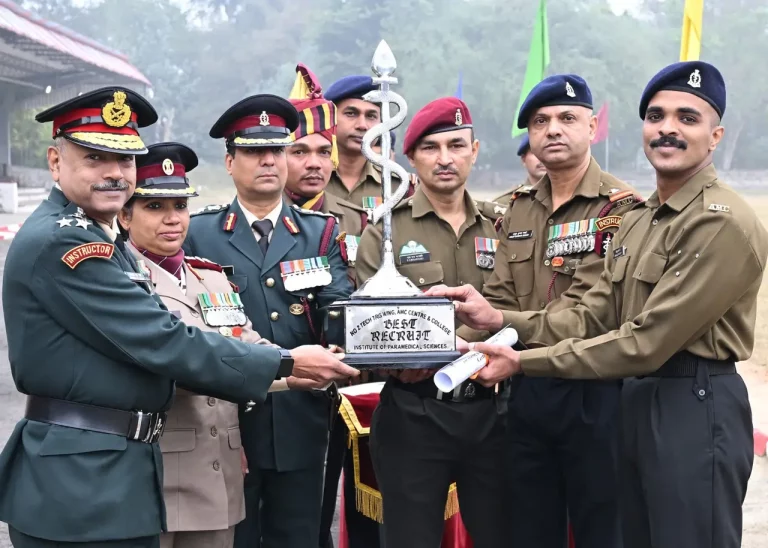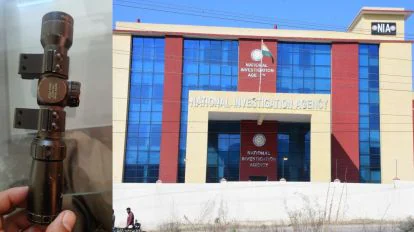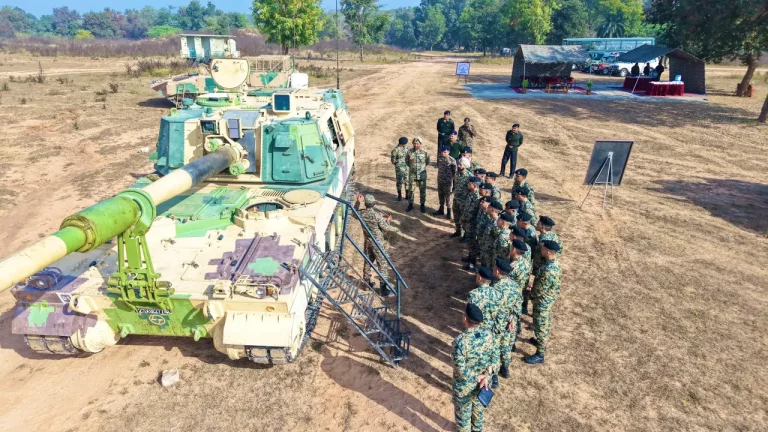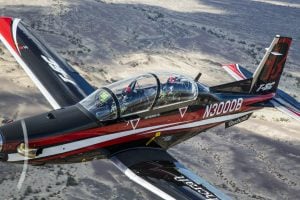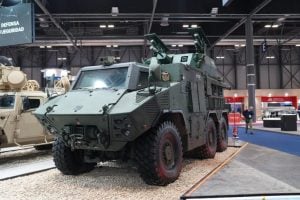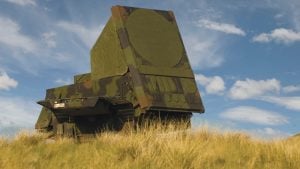Group Captain Shubhanshu Shukla has provided a thrilling insight into the remarkable challenges faced during G-force endurance testing, a trial that pushes both the body and mind to their extremes. His recent video vividly illustrates the intense experience that fighter pilots and astronauts undergo when gravity transitions from a benign force into a formidable adversary.
Opening his clip with an invitation to “pull some Gs,” Shubhanshu kicks off a captivating exploration of gravitational acceleration. He emphasizes that space travel is not solely about experiencing weightlessness; it also encompasses the arduous task of mastering gravity before departing for the stars.
During both launch and re-entry phases, astronauts encounter G-loads, commonly referred to as “pulling Gs.” Each “G” represents the force of Earth’s gravity. To illustrate, when standing still, one is under 1G. At 2G, the body feels twice its weight, and by the time it reaches 4G, it weighs four times more, rendering even slight movements laborious. “Try lifting your phone like that,” he challenges the audience, underscoring the significance of rigorous training for astronauts.
Shubhanshu explains that these forces can be both thrilling and perilous, particularly in their directional application. In a fighter jet, G-forces are exerted from head to toe along the +Gz axis. During sharp maneuvers, blood is redirected from the brain toward the legs, which can lead to a phenomenon known as “grey-out” or even a blackout if the G-load persists. To combat this, pilots utilize G-suits coupled with specialized breathing techniques to ensure adequate blood flow to the brain.
Conversely, inside a space capsule, G-forces exert pressure from chest to back along the +Gx axis. This orientation causes blood to remain in the upper body rather than draining from the head. As a result, astronauts experience chest compression, making breathing increasingly difficult. They must engage their diaphragm, pushing with their abdomen to intake air, as articulated by Shubhanshu.
During his recent mission, Shukhla recorded a peak G-load of approximately 4.8G, a level manageable for an adequately trained individual. However, he cautionarily points out that during emergency abort scenarios, astronauts are at risk of encountering abrupt spikes reaching up to 18G. “In this video I’m pulling 7 Gz and 8 Gx,” he reveals, demonstrating the noticeable struggle that accompanies such high G-forces.
To mitigate the risks associated with extreme acceleration, spacecraft seats are designed to recline. This adaptation helps evenly distribute forces throughout the body’s more robust areas, thereby lowering injury risk and allowing astronauts to withstand severe G-forces.
Shubhanshu concludes with a poignant reminder: “When you hear ‘pulling Gs,’ remember — it’s not just a number; it’s a full-body conversation with gravity. Astronauts must learn its language long before they leave Earth.”
Through this engaging post, Group Captain Shubhanshu Shukla offers not only a visceral portrayal of the limits of human endurance but also highlights the discipline, scientific understanding, and courage embodied by those who venture into the skies beyond the everyday.






